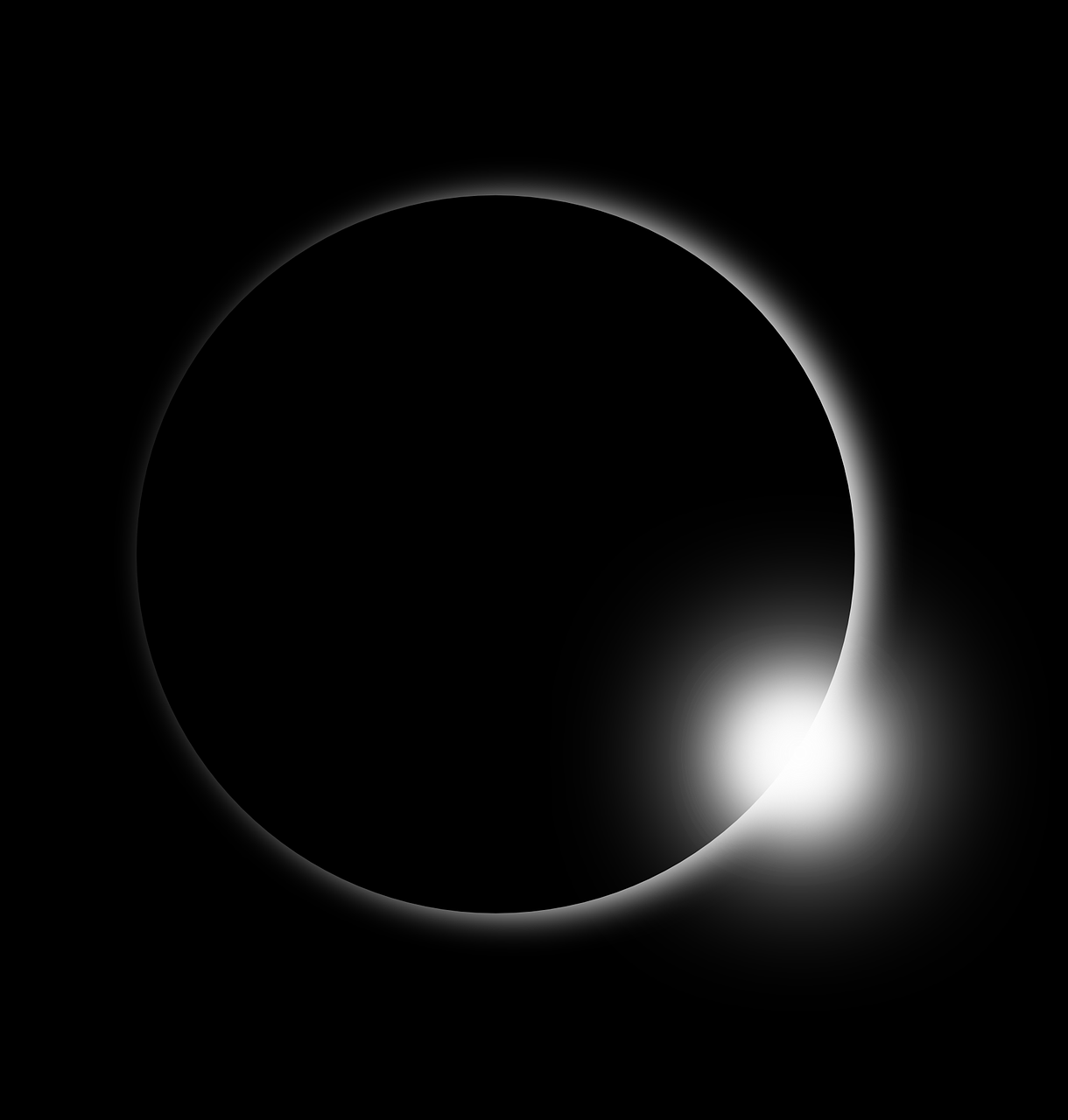When the moon dares to overshadow the sun, casting an otherworldly twilight across the day, the awe-inspiring phenomenon of a solar eclipse captivates onlookers around the globe. Yet, hidden behind the celestial ballet is a cautionary tale about the delicate nature of our vision. According to Google Trends, the term “my eyes hurt” saw a notable surge in the United States during and just after the last solar eclipse, shedding light on the widespread curiosity and concern surrounding eye health in the aftermath of this rare event. This uptick in searches not only underscores the commonality of post-eclipse eye discomfort but also serves as a stark reminder of the risks involved in viewing these astronomical events without adequate protection.
A solar eclipse unfolds when the moon positions itself between Earth and the sun, obscuring the sun’s light for a spellbinding few minutes. The temptation to witness this natural spectacle with the naked eye can lead to a range of visual problems, emphasizing the importance of proper eye safety measures. Even transient exposure to the sun’s fierce rays can inflict harm, culminating in eye pain, vision issues, and in some cases, lasting damage. The phenomenon known as “eclipse blindness,” alongside the potential destruction of cells in the eye’s back, highlights the critical need for protective eyewear during such events.

Why does gazing at an eclipse provoke eye discomfort or even pain? The answer lies in the direct, intense sunlight’s impact on the eye’s outer layer, the cornea. This exposure can spawn a condition named solar keratitis, or UV keratitis, characterized by a burning sensation or discomfort. Furthermore, the eclipse’s glaring light can wreak havoc on the retina, the eye’s light-sensitive tissue essential for visual processing. This damage, termed solar retinopathy, disrupts the retina’s ability to convey visual information to the brain, leading to pain and vision complications.
In light of these risks, NASA’s guidelines for safely viewing a solar eclipse become all the more pertinent. Recommendations include the use of safe solar viewing glasses that meet the ISO 12312-2 standard, avoiding damaged glasses, refraining from using a camera lens to view the sun, and considering indirect viewing methods. Such precautions are indispensable for safeguarding one’s eyesight during these mesmerizing but potentially hazardous celestial events.
The narrative of eye discomfort following an eclipse is not merely about the immediate aftermath but also involves understanding the symptoms that may manifest hours or even days later. For those who overlook safety advice, the repercussions on the cornea might not be immediately apparent, yet symptoms such as eye pain, the sensation of a foreign object in the eye, diminished vision, excess tear production, and sensitivity to light can emerge as telltale signs of solar keratitis. Similarly, damage to the retina may initially go unnoticed until the onset of blurred vision, color perception anomalies, and headaches signal the presence of solar retinopathy. These symptoms underscore the latent dangers of direct sun exposure during an eclipse, reinforcing the paramount importance of adhering to protective measures.
Embarking on the journey of understanding eclipse-induced eye injuries entails not just recognizing the potential for harm but also embracing the preventive strategies that can avert such outcomes. As we delve deeper into the nuances of eye safety in the context of solar eclipses, it becomes clear that the marvel of witnessing these cosmic events should never come at the expense of our vision. By prioritizing protective measures and appreciating the science behind eye health, we can enjoy the spectacle of eclipses without compromising on safety.
Understanding the symptoms is the first step towards addressing eclipse-induced eye injuries. When the luminous grandeur of an eclipse tempts individuals to gaze upon it unguarded, the repercussions can manifest in various forms. The symptoms tied to solar keratitis and solar retinopathy, as detailed in the context, outline a roadmap of what one might experience. Eye pain, the sensation of a foreign object lodged in the eye, and a slight decrease in vision are indicative of solar keratitis. On the flip side, solar retinopathy may unveil itself through blurred vision, a blind spot in or near the center of vision, distorted color perception, and a headache at the front of the head. These symptoms are not just discomforts but signals from the body indicating the urgent need for professional assessment and care.
The risks associated with viewing an eclipse without the necessary protection cannot be overstated. The direct exposure to intense sunlight, even for a brief moment, poses a significant threat to the delicate structures of the eye. The cornea and retina, when subjected to the sun’s overpowering rays, can sustain damage that ranges from temporary to, in dire cases, permanent. The factors that increase the likelihood of sustaining such damage include age, medications that heighten light sensitivity or can harm parts of the eye, and certain psychiatric conditions. This knowledge not only highlights the vulnerability of our eyes but also underscores the critical importance of adhering to safety guidelines during these astronomical events.
The path to recovery for those who experience eclipse-related eye injuries varies based on the severity of the damage. For injuries to the outer layer of the eye, such as solar keratitis, the healing process can span up to 72 hours, with treatments focusing on aiding this natural repair. This may involve the application of topical ointments, artificial tears, and pain medication, among other remedies. Conversely, damage to the retina necessitates a more patient approach, with a hopeful outlook towards gradual recovery over months. Despite the potential for healing, it’s crucial to acknowledge that certain changes to vision, such as persistent blind spots or distortions, may become a lasting testament to the injury sustained.
In the wake of the discomfort and concern that followed the eclipse, it’s comforting to know that not all cases of eye pain signal enduring damage. The absence of pain receptors in the retina means that initial fears of retinal damage, based on discomfort alone, might be unfounded. Yet, this should not diminish the importance of seeking professional advice when symptoms suggest otherwise. The rapid response and treatment following the diagnosis of eclipse-related eye injuries play a pivotal role in the recovery and safeguarding of one’s vision.
We navigate the aftermath of an eclipse, armed with awareness and understanding of the symptoms, risks, and recovery processes associated with eye injuries. Let us tread with caution and curiosity. The allure of the celestial dance between the sun and moon should never eclipse the value we place on the health of our eyes. By embracing safety measures and seeking professional guidance when needed, we can ensure that our gaze upon the stars remains a source of wonder rather than worry.
Related posts:
Dry eyes after an eclipse
Did staring at the eclipse damage my eyes?





